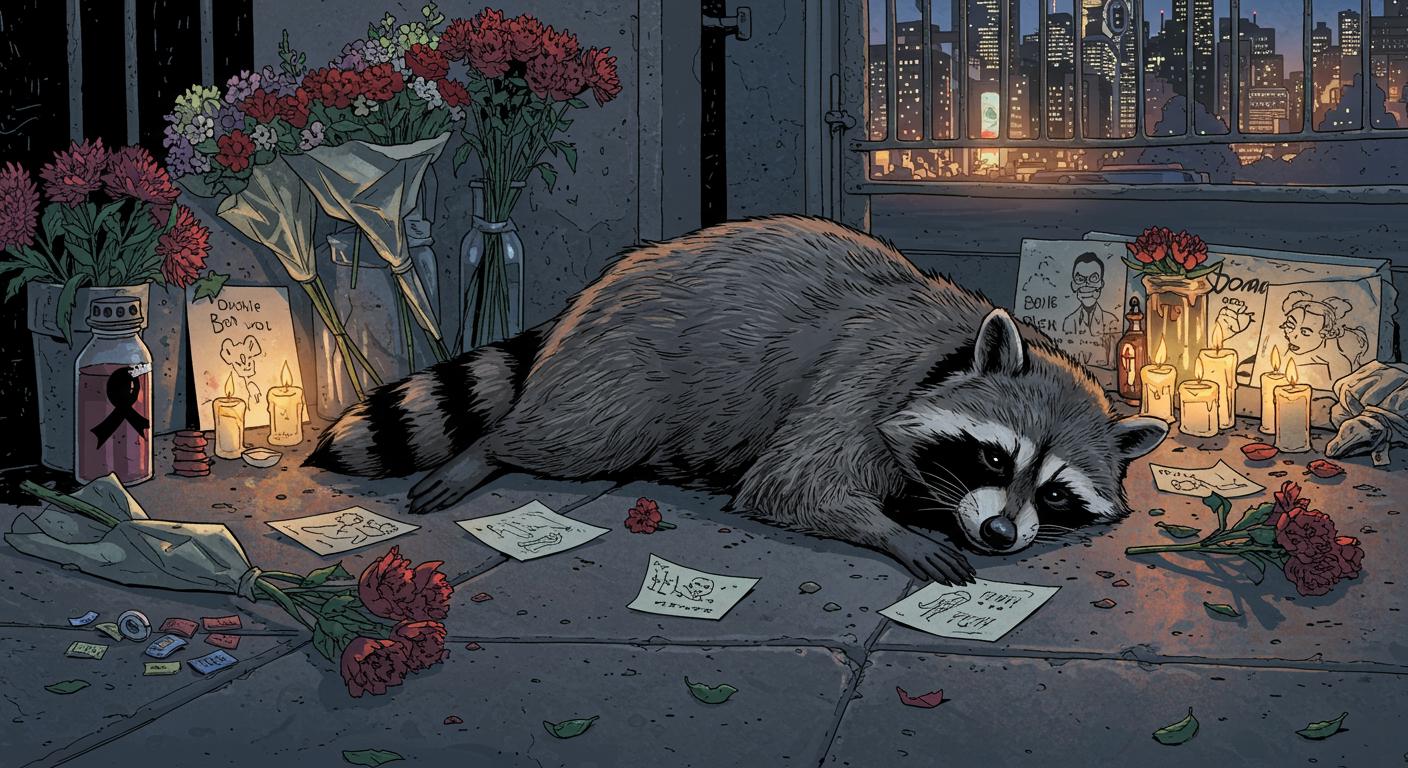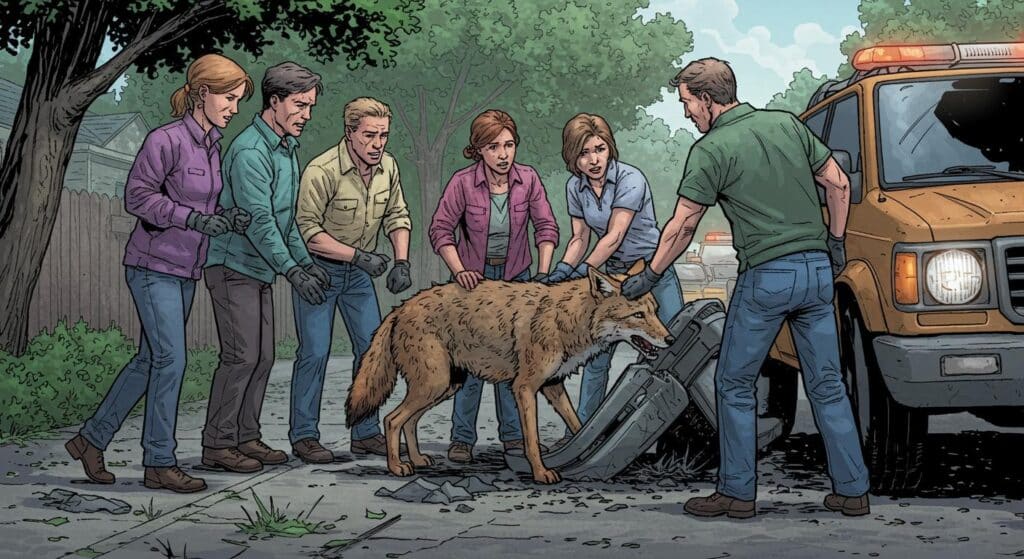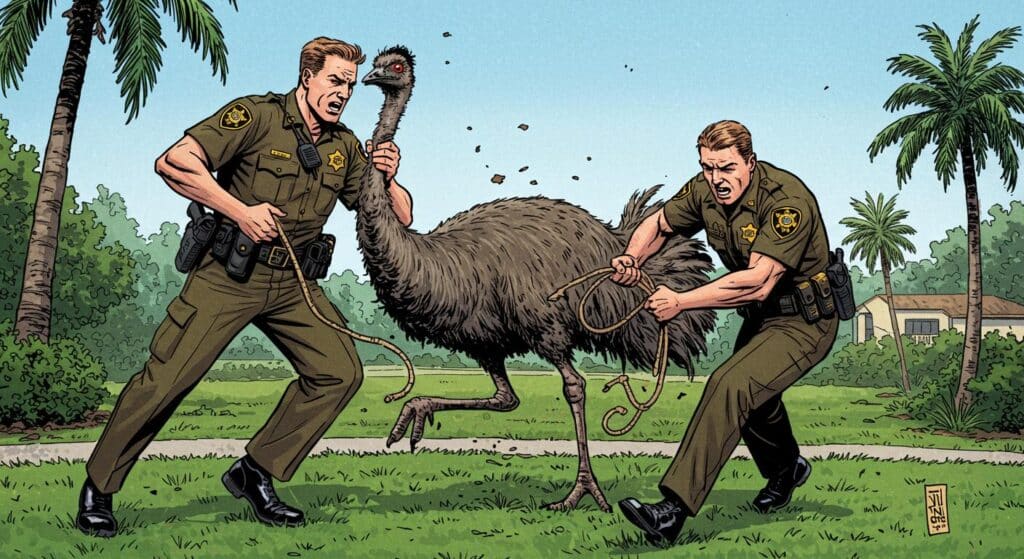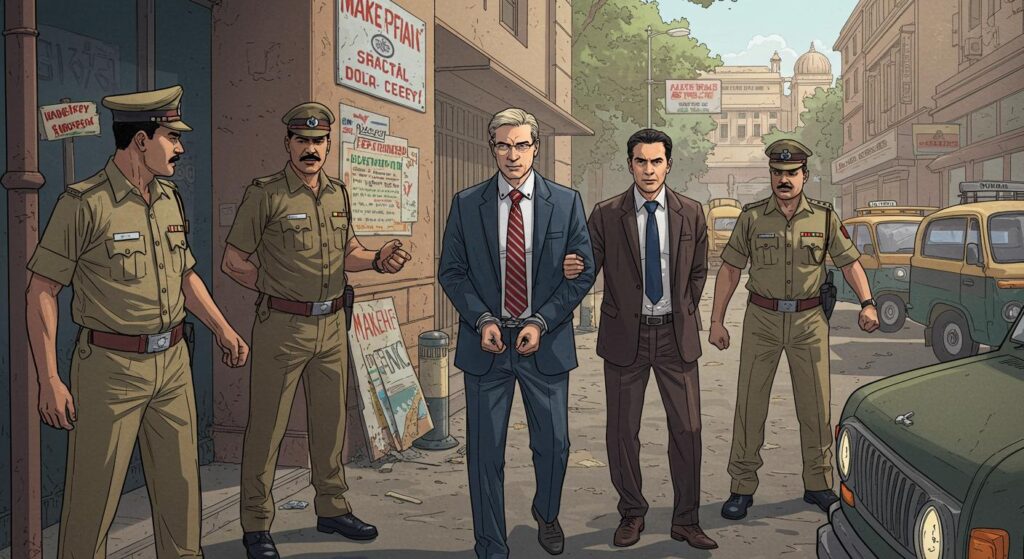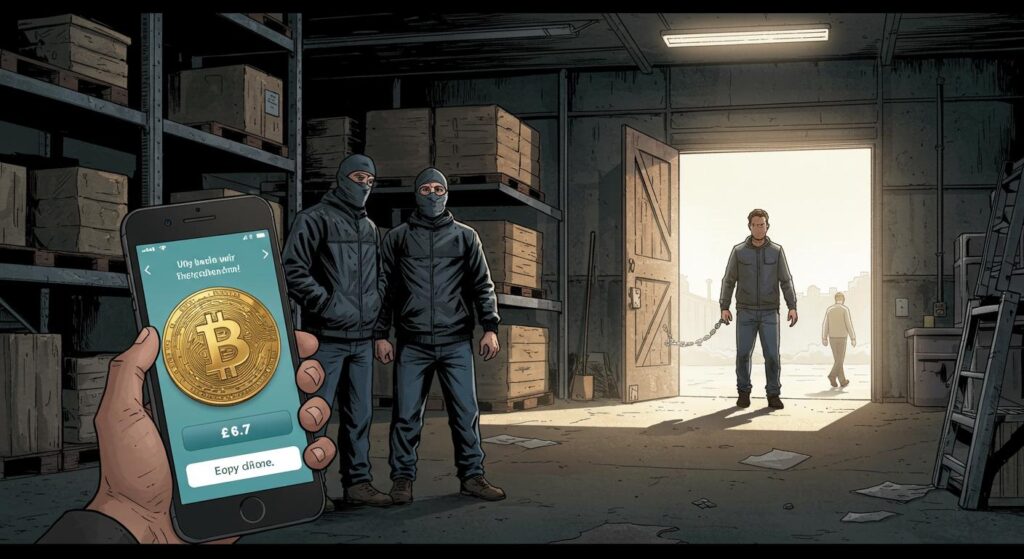Now and then, a city’s collective memory hits upon a moment so head-scratchingly mundane—and yet so oddly galvanizing—that it insists on sticking around. For Toronto, that moment involved not a celebrity, nor a head of state, but a raccoon. Not just any raccoon, but a now-legendary one affectionately dubbed Conrad, who brought passersby together and briefly broke the internet back in 2015. And, as of this week, he’s immortalized with his very own heritage plaque, right where he last lay, in the heart of Canada’s largest city.
From Sidewalk Oddity to Viral Phenomenon
Conrad the raccoon achieved a peculiar fame after his demise on a downtown Toronto sidewalk set off a spontaneous outpouring of tributes. CBC reports that the animal’s body, discovered at Yonge and Church, became an impromptu shrine as flowers, candles, and—because this is Toronto—cigarettes began to surround him. Descriptions of the event note that the scene was documented and shared widely, sparking the uniquely Torontonian #DeadRaccoonTO hashtag. For almost 14 hours, the city waited, mourned, and—inevitably—memed.
It’s tempting to see this as just another odd, internet-fueled moment passing through the city’s consciousness. Yet, according to Sutton, who spoke with The Canadian Press, Conrad’s story managed to “unite Canadians across the country,” a phrase that feels oddly appropriate for an urban wildlife incident. Sutton also reflected on how Conrad had come to “represent a lot of individual moments or interactions,” subtly pointing to the social stickiness of the story. Is there anything more civic-minded than gathering over a deceased trash panda?
A Plaque for the People (and the Raccoons)
Toronto’s decision to bestow a heritage plaque on this urban legend is, without question, extraordinary. CityNews documents that the plaque goes beyond commemorating a viral post. Beyond the basics, it features photos from the original #DeadRaccoonTO movement, deliberate imprints of raccoon paws, and a QR code designed to prompt visitors to share their own raccoon encounters. According to Heritage Toronto, more than 400 people have already scanned the QR code, and the associated website has attracted over 1,000 visits.
It’s clear why the plaque resonates. In an interview for The Canadian Press, Sutton observes, “everyone has a raccoon story in Toronto.” Raccoons, after all, have become the city’s unofficial mascots—adored by some, cursed by others, and, on rare occasions, memorialized in bronze and enamel, rather than just memory or meme. The plaque is Toronto’s first to honor an animal, and, as Coast Reporter highlights, serves to nudge people into considering the ways wildlife not only persists but flourishes among us. Raccoons once faced the threat of local extinction in the early 1900s, before adapting to city life in characteristically brazen style—raiding attics, compost bins, and, at times, the city’s psyche.
The QR code’s crowdsourced approach feels entirely in keeping with Conrad’s legacy: public, irreverent, and uniquely Toronto. Once the novelty wears off, a more durable plaque will replace the QR code with life-sized raccoon prints, acknowledging that technology needs maintenance, but urban legends are self-sustaining.
Mourning, Memes, and Meaning
There’s a kind of urban poetry at work when a city chooses to honor one of its most notorious interlopers—not with a subtle nod, but with a literal plaque. In recognizing Conrad, Toronto seems to collectively shrug as if to say, “Yes, this did happen here, and you’re not wrong to think it’s a bit weird.” But cities are made up of these stories that linger at the margins. Raccoons might not usually receive bronze busts or marble monuments, but their sly, adaptable nature has grown into an unexpected symbol—woven right into the city’s character.
The decision to immortalize an internet-famous raccoon prompts a few lingering questions, too. What does it say about Toronto, or urban dwellers in general, that it took a single, very non-living raccoon to spark a spontaneous vigil and, ten years later, a historical marker? Is it simply internet-age absurdity—a meme made permanent? Or is there something enduring, even comforting, in the way ordinary creatures and small shared moments can become collective lore?
Ultimately, this new plaque is less a tribute to a raccoon than a memorial to a brief but memorable flicker of citywide connection—fleeting, strange, and entirely human. Ten years later, Conrad remains the people’s raccoon. And would anyone ever have guessed the city’s favorite “trash panda” would earn his spot among the heritage plaques?

